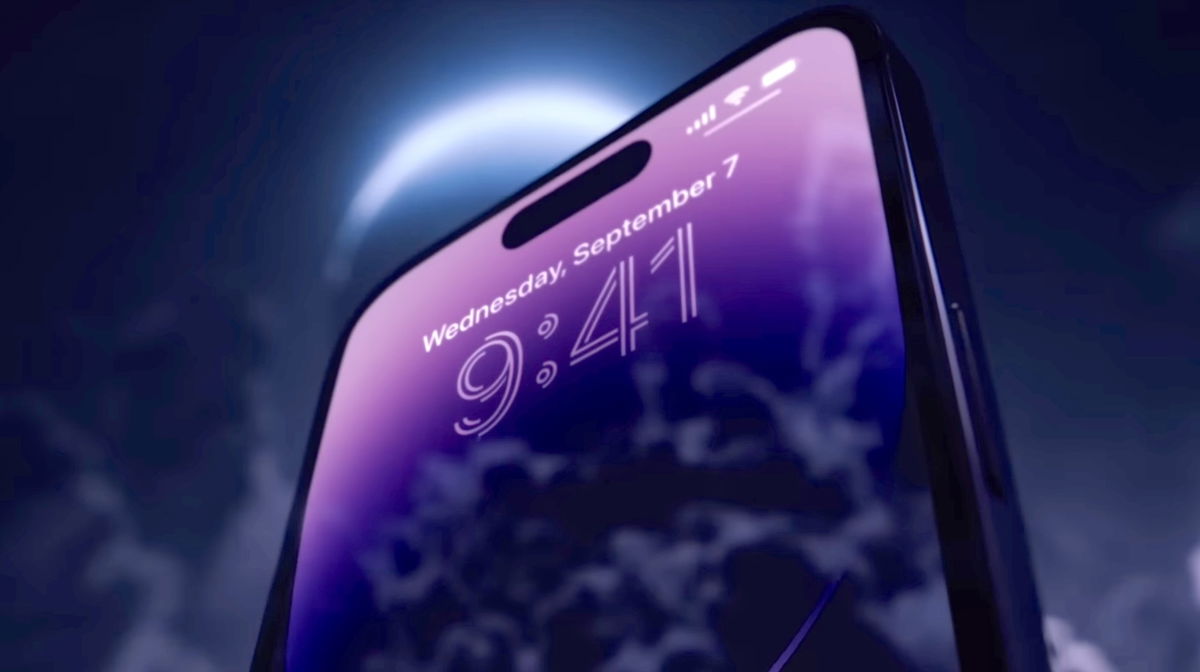decoration It is not something purely aesthetic and superficial. It has been observed, for example, that decorating hospitals helps patients feel more comfortable during hospitalization, and this has a certain impact on their health. This seems to be especially useful in children’s hospitals. Also, in our homes, we try to make the decorations not only beautiful, but also beautiful. functional and comfortable. But what about workplace decoration? We pay much less attention to it, but it is still a place where we spend many hours a day.
Nowadays, most offices, especially those belonging to large companies, strive for maximum functionality. Comfortable chairs and modern computers.and empty spaces with no decoration beyond what is required at the corporate level. It’s boring to look at, of course. But can workplace decor affect productivity?
This question was asked in 2010 by a group of scientists from University of Exeter. To answer it, they conducted two simple experiments with more than 2000 peopleThe findings were published in two different journals, but they can be summed up as follows: indeed, decorating your workspace really does matter.
Who decides on the decoration of the workplace?
These scientists wanted to know how workplace decor affected employee productivity. But they didn’t just want to focus on whether offices were more or less empty. They also wanted to see how the ability Decision of the design workers.
Therefore, in the first experiment two surveys volunteers. In the first, they were asked about their ability to make decisions about decorating their workplace. After that, they were asked a series of questions about their level of satisfaction with their work and relationships with their superiors and colleagues.
When comparing the results of both surveys, it was clear that the more authority employees had in designing their workspaces, the happier They found their jobs and got along better with both their bosses and their colleagues.
To further confirm this claim, a second experiment was conducted. This time, a group of volunteers met and split into four groups to work in four types of spaces: thrifty, enriched, empowered or disempowered. The first was typical of sober and corporate spaces. The second included plants, paintings, and other decorations that made the surroundings more pleasant to look at. After that, members of the empowered group had full power to make decisions about the design of the workplace, while in the unempowered group their recommendations were completely ignored.
Placed in a group, they were required to work as normal so that their results could be compared and see who was more productive. Contrary to what some companies might think, enriched spaces made workers 17% more productive. Decoration is important. But, in addition, if the worker was empowered, his productivity increased to a 32% improvement over those who were unable to make a decision.
The importance of the environment that surrounds us
Something as simple as greenery can help us feel better both at home and in the office. Many studies show that interaction with plants can help us reduce stressboth psychological and physiological, so it is important to include them in the design of the workplace.

Art has also been shown to be beneficial on a psychological level, so the introduction paintings or small sculptures can be very positive. If all this is also decided by the person who will work in this place, so much the better. Not only do you feel that you matter to your employers, with all the consequences that entails. You can also choose the best plants or paintings for your workspace.
Dentists have long been distracting us from the sound of their gadgets with a few pictures and magazines in the waiting room. If they are doing well, why not all of us?
Source: Hiper Textual













